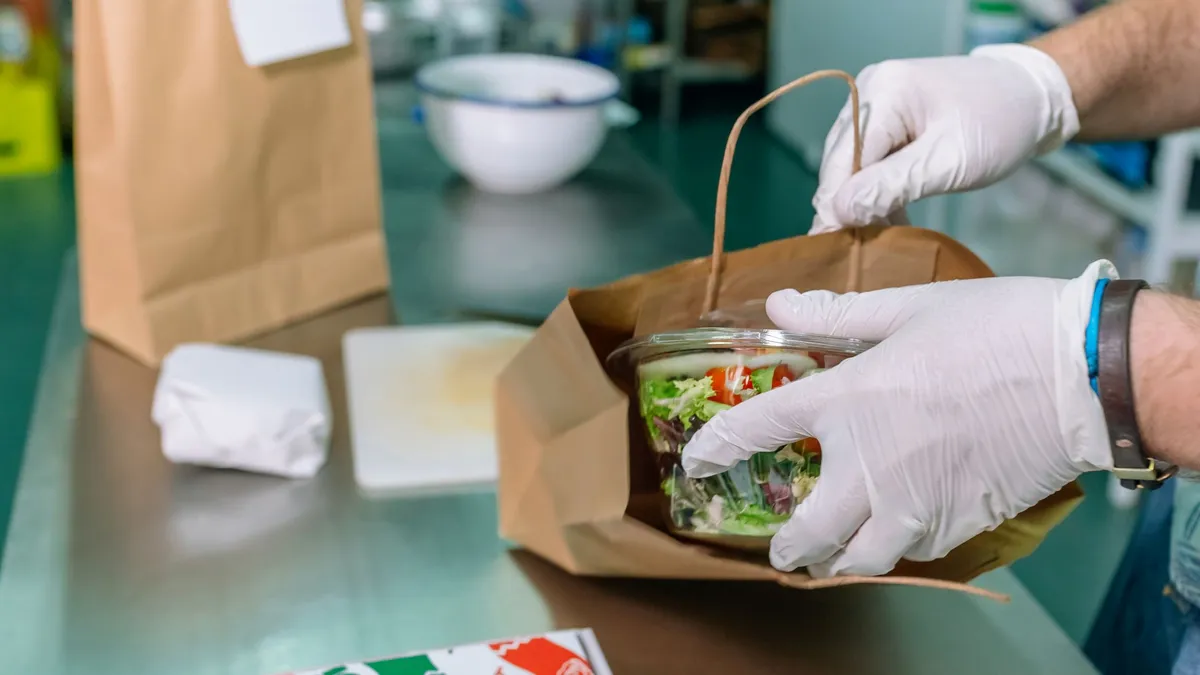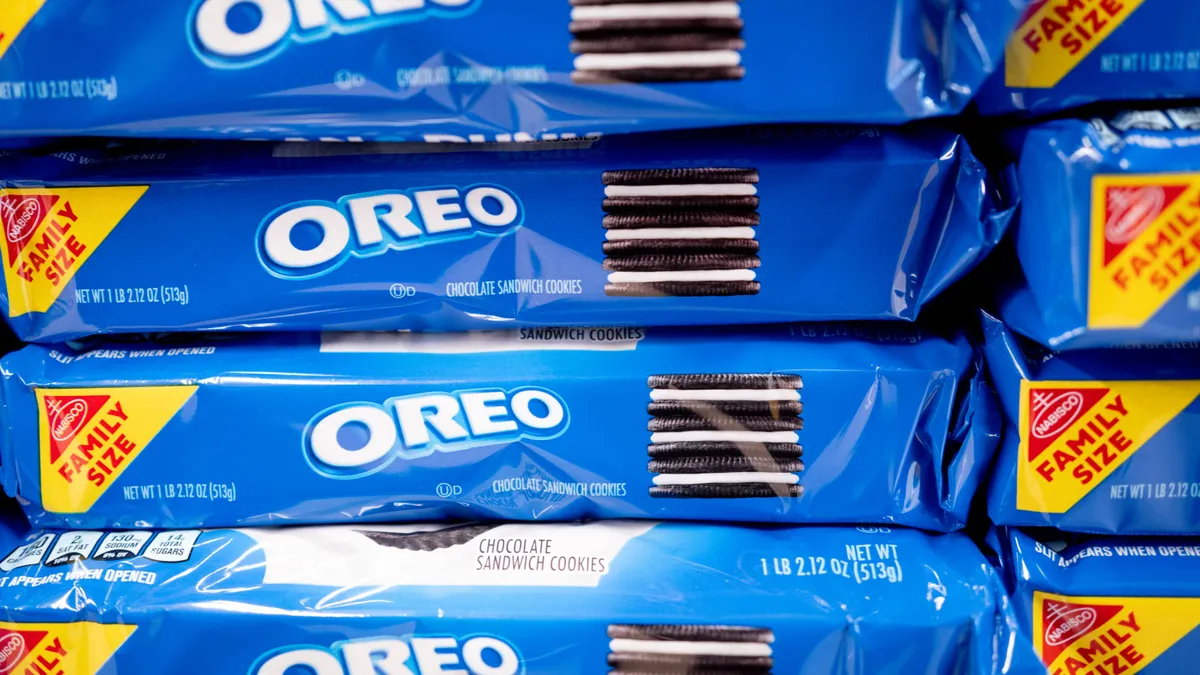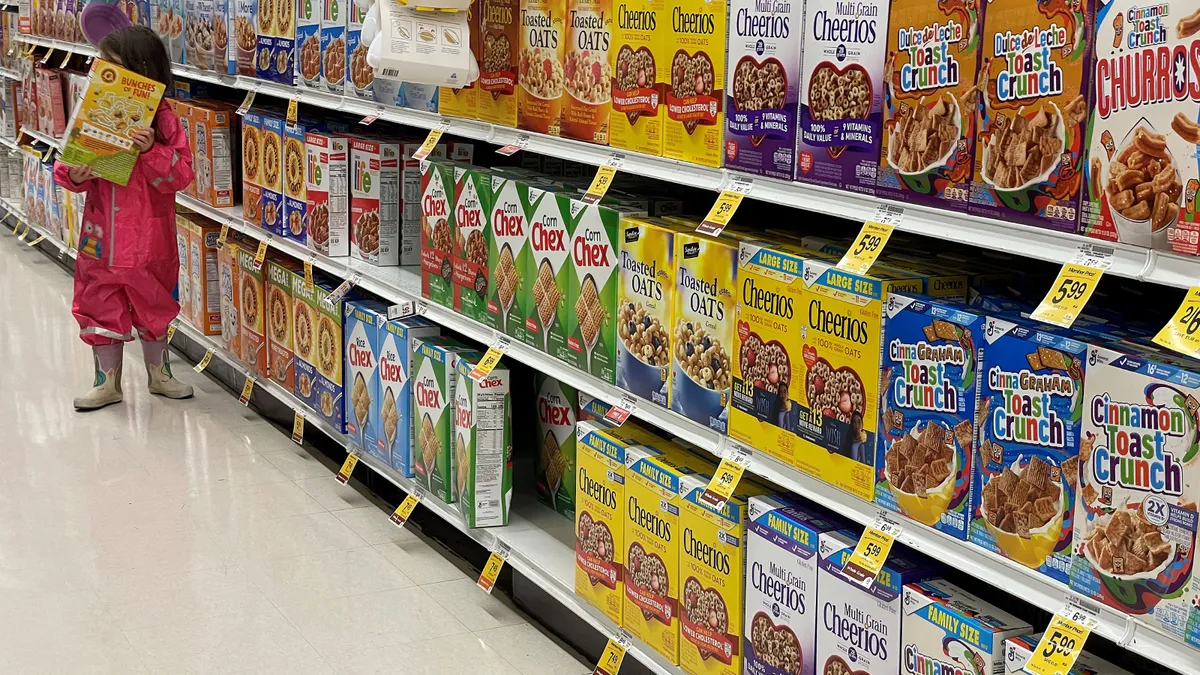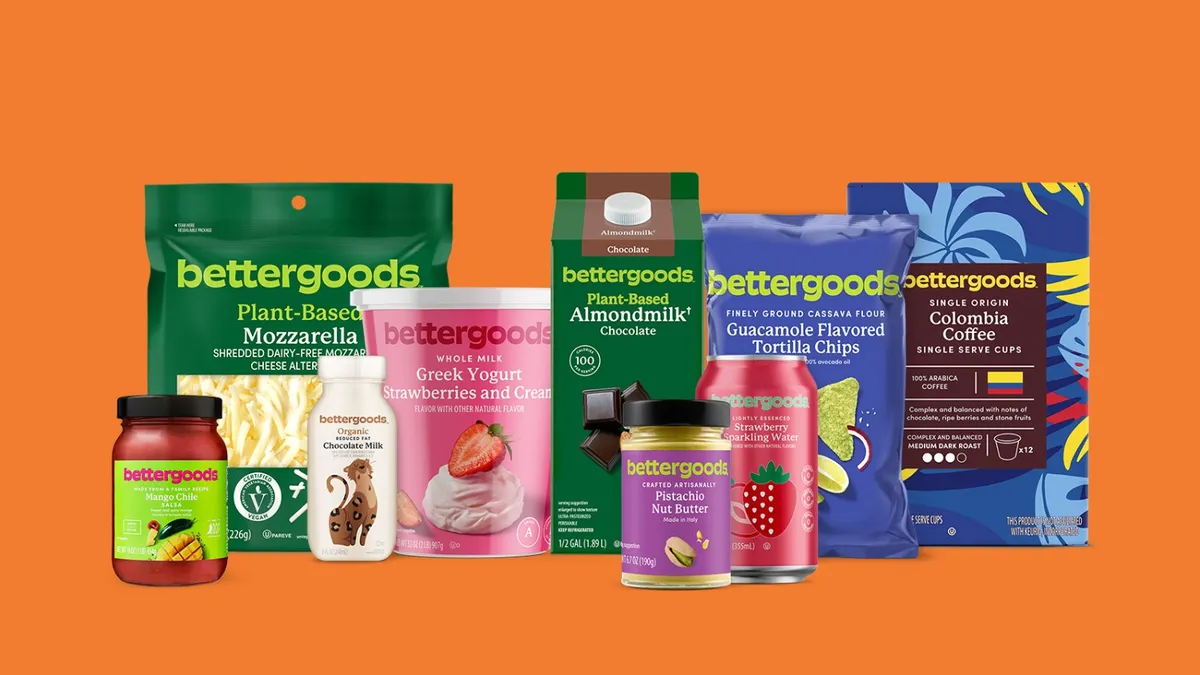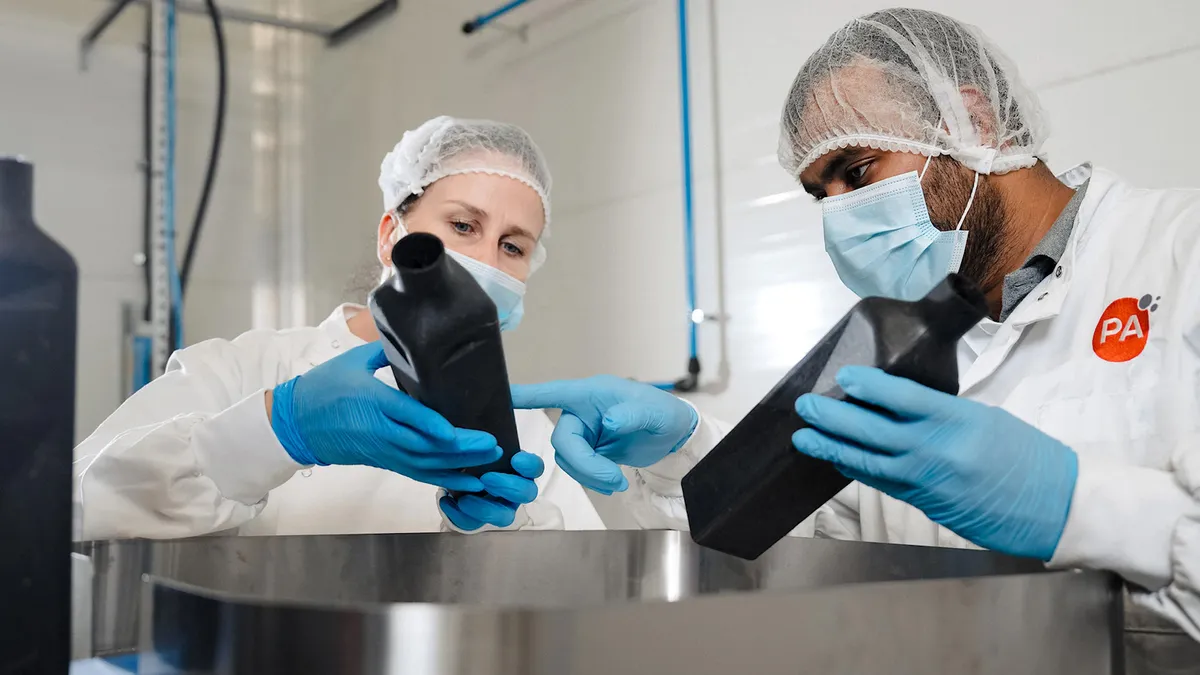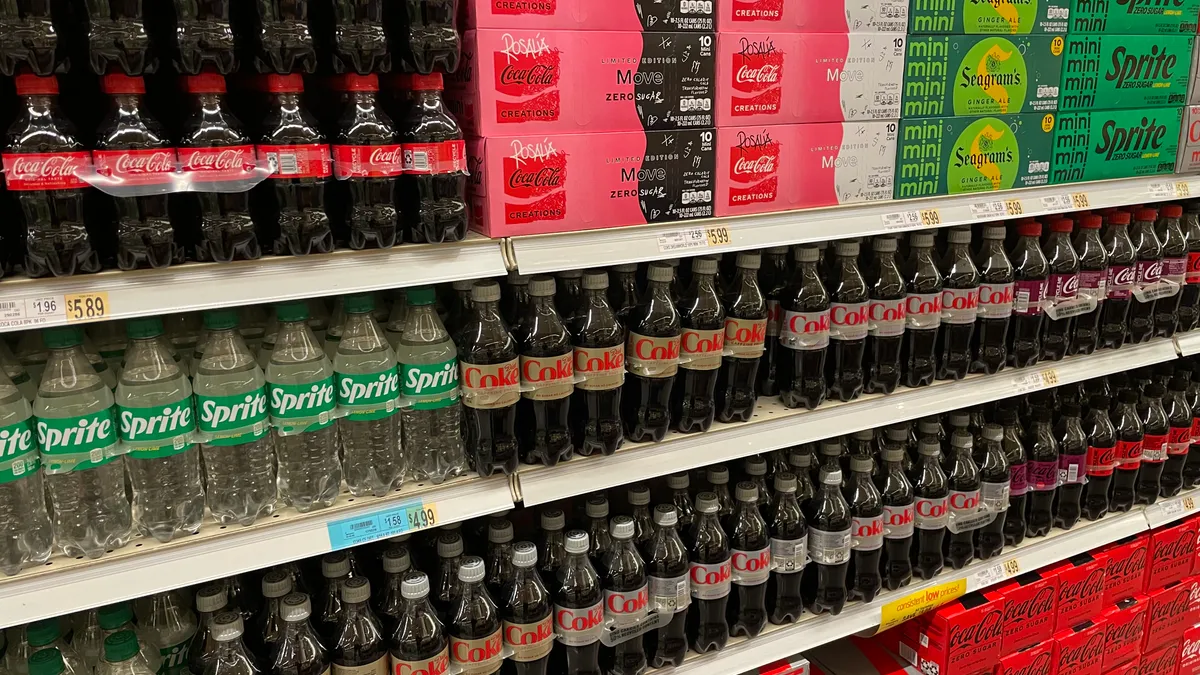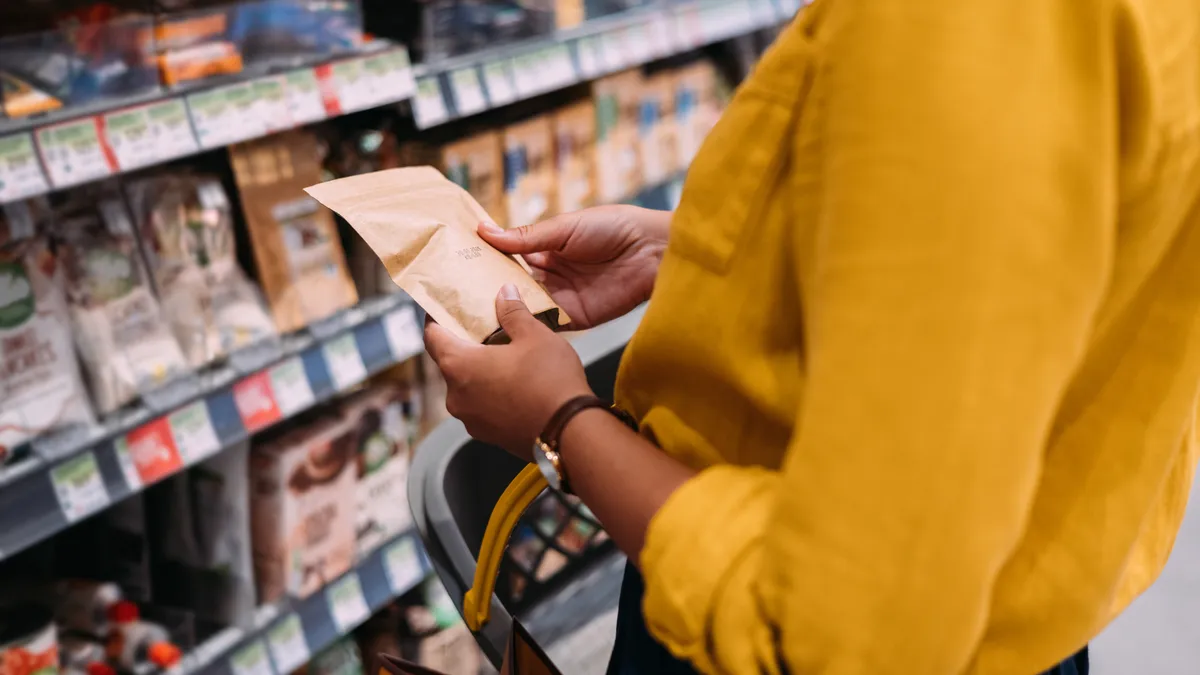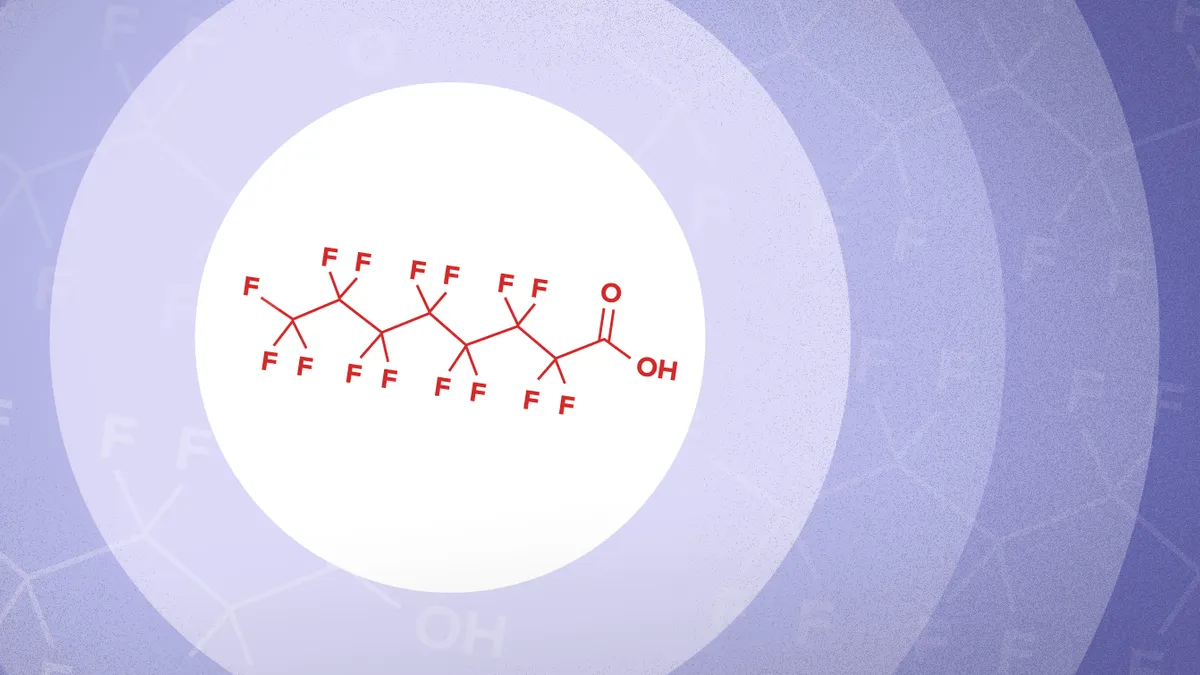Packaging customers are coming out of their post-pandemic destocking period, but demand generally remains depressed due to inflation-struck consumers’ sluggish purchasing, according to company executives and analysts. Brands and retailers are turning to promotions to get consumers to open their wallets, but that trend is affecting packaging companies unevenly.
Some consumer packaged goods companies have already increased their promotional activity, while others plan to ramp up promotions in the coming months, said Michael Roxland, senior paper and packaging analyst at Truist Securities, in a May 14 note to investors.
This is a strategy shift from the last several years when CPG companies focused on bolstering sales by retaining product prices, rather than prioritizing sales volumes. Now, some CPGs are doubling down on driving volumes.
“While [promotions are] not yet widespread across the industry, these green shoots represent a shift to volume over price in a reversal of the prevailing CPG business strategy the last few years,” Roxland said. “Volumes and market shares for certain brands notably declined as consumers traded down, bought more cost-effective products, or simply deferred their purchases altogether, which in turn negatively affected food packaging volumes.”
Cereal producer WK Kellogg’s volumes declined 7% year over year in Q1 and it increased promotions during that quarter, but that appears to be a tailwind, said CEO Gary Pilnick during the company’s May 7 earnings call.
Casey Keller, CEO of frozen and packaged goods producer B&G Foods, noted during the company’s May 8 earnings call that there is a “more competitive promotion environment out there” considering that “the price is higher, so there's a little bit more pressure to have some promotional discounts to help consumers get back in stores and drive volume.” But he anticipates the step-up to be limited to the first half of this year, as B&G had initiated promotional activity last year.
Similarly, snack company Mondelēz International noted an increase in promotional activity in North America as consumers face inflation pressure. CEO Dirk Van de Put said during an April 30 earnings call that the company is increasing promotions in the short term and aims to adjust pack sizes in the longer term. “For those lower-income consumers who are buying very carefully and evaluating very carefully when and what and at which price they buy, we will need to become more agile in the promo mechanisms that we will play out,” he said.
Overall, Roxland views increased promotional activity for packaged goods as positive for boxboard producers, considering that’s the dominant packaging for cereal, crackers and other lower-cost items that consumers are turning toward. Specifically, he noted potential upside for Graphic Packaging International, Greif and WestRock.
Numerous packaging company executives also discussed their customers’ promotional activity during recent earnings calls.
“Our customers on the [rigid paper container] side, and on the flexible side as well, are telling us that they're starting to feel the pain of deleveraging and are planning to start increasing their promotion and marketing activity,” said Sonoco CEO Howard Coker during the company’s May 1 call.
Sonoco reports it has felt little impact thus far from the promotions that have already occurred, although that could change in the coming quarters.
“We believe that continued retail price inflation and a slower uptick from promotions” will impact volumes in the second quarter, said Sonoco Chief Operating Officer Rodger Fuller.
Berry Global partially attributed recent increases in sales volumes to customers’ promotions, executives said during a May 9 call.
“April came in a bit stronger than we expected. So what's changed? I think we are seeing more aggressive promotional activity and focus on brand-building by our customers,” said CEO Kevin Kwilinski. “I think we see a consumer that is increasing their level of consumption of categories that we are participating in. It is unexpected and we're talking about movements that are hard to predict on a month-to-month basis.”
Promotional activity and consumer trade-downs are also evident in the glass packaging sector.
“Every time customers move forward with significant promotions, those are typically in a lower-cost package and that's where the trade-down happens,” Andres Lopez, CEO of O-I Glass, said during the company’s May 1 call. “The trade-down activity is concentrated in some markets. It's not everywhere, and for the most part, it’s linked to promotional activity.”
Certain packaging sectors, like beverage cans, have reportedly seen lower levels of promotions recently. But the summer high season for consumer beverage purchases is only just beginning to kick off.
“Promotions are at a lower level than we've seen historically, and perhaps even a lower level than we'd like to see,” said Crown CEO Tim Donahue during the company’s April 30 call. “We’ll see how promotions look over the next couple of weeks ahead of Memorial Day. And then, obviously, we’ll have July 4th.”
Some larger companies might begin to “get a little bit concerned about share and they want to start promoting so they don't lose share,” Donahue speculated. While Crown’s customers currently don’t appear ready to abandon their value-over-volume strategies, “at some point they may get pressure from their bottlers or they may get pressure as they look at their share of the market versus their competition ... And the way they deal with that is promotion,” he said.
Ball also will be monitoring promotional activity in the upcoming peak season, executives said during an April 26 earnings call. Specifically, the company will watch North American beer volumes following the impactful Bud Light boycott last year, said CEO Dan Fisher.





